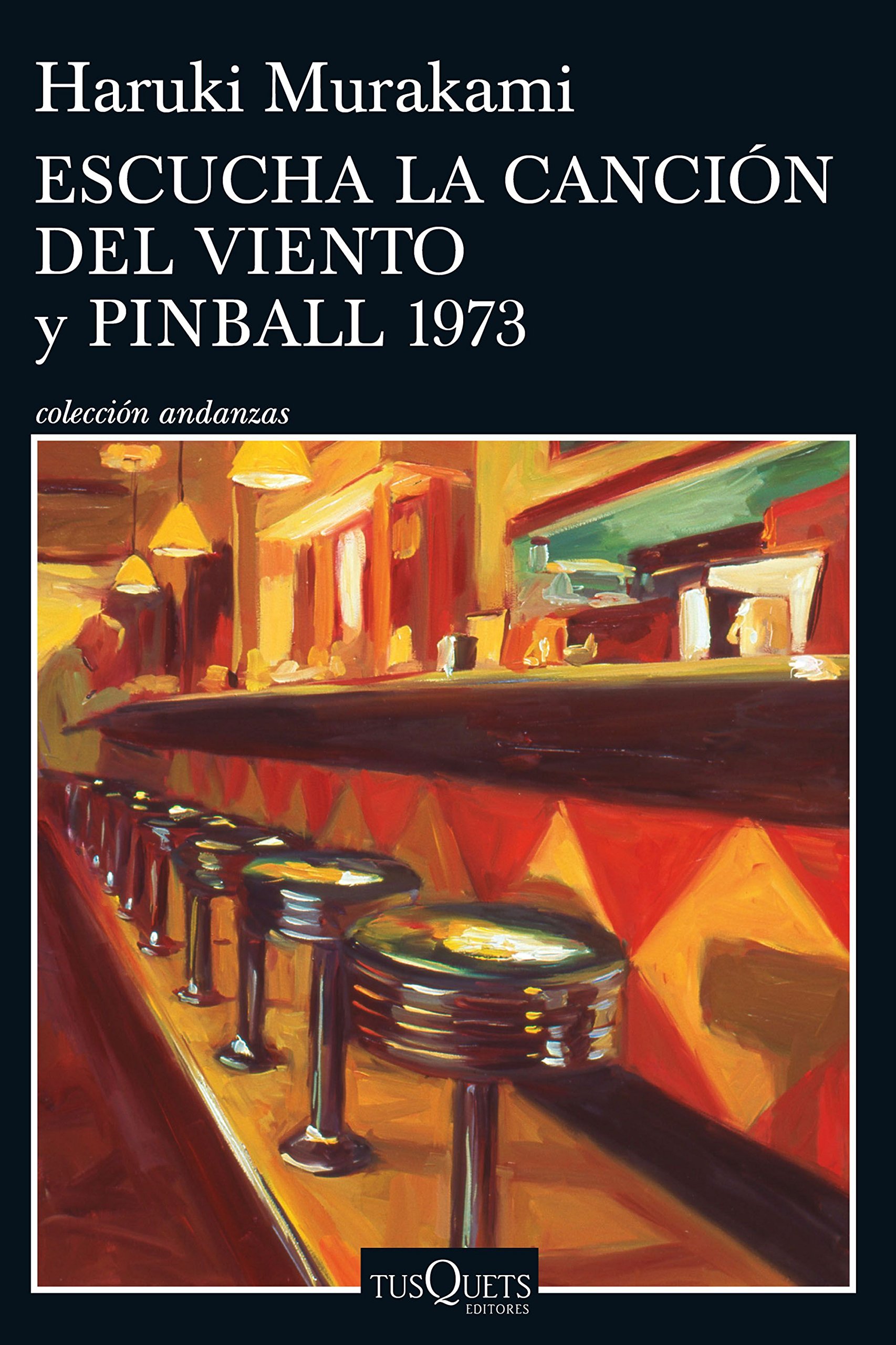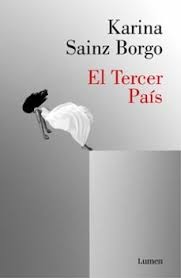
Review of the book “Pinball 1973” by Haruki Murakami
(Novel)
What do a nameless student, a fictional writer, a girl with four fingers and a pinball game have in common? These are some of the elements that make up the literary universe of Haruki Murakami, one of the most recognized and admired authors of today. In this article, we are going to analyze his second book, Pinball 1973, originally published in 1980 and recently translated into Spanish.
Pinball 1973 is the sequel to Murakami’s first novel Hear the Wind’s Song and is part of the so-called Mouse Trilogy, along with Wild Sheep Hunt. In this work, the protagonist is a young man who lives in Tokyo with two identical twins and works as a translator. His life is full of routine and boredom, until one day he becomes obsessed with finding a pinball machine that he played years ago in his hometown. Meanwhile, his friend the Mouse continues to frequent J’s Bar, where he reflects on his existence and his relationship with women.
The novel is an example of Murakami’s characteristic style, which combines realism with fantastic elements, nostalgia with humour, music with literature. The author creates a dreamlike and melancholic atmosphere, in which the characters search for meaning in their lives and memories. Pinball is a metaphor for loneliness and chance, for the difficulty in connecting with others and with oneself. The novel also contains references to 1970s pop culture, such as rock, cinema and comics.
Pinball 1973 is a must-read for Murakami fans, as it allows you to learn about his beginnings as a writer and appreciate his later evolution. It is a short but intense novel, which invites reflection and enjoyment. If you like original and poetic stories, don’t miss this book.
Haruki Murakami’s Pinball 1973 is a novel that follows a young boy called the Narrator as he reflects on his life and experiences in the 1970s. This book is the second installment of the Mouse Trilogy, but can be read as a standalone work.
Murakami’s prose is simple yet evocative, making it easy for readers to immerse themselves in the Narrator’s world. The book is filled with metaphors and symbolism, which adds depth and complexity to the story without making it inaccessible.
One of the book’s greatest strengths is the characters. The Narrator meets several interesting characters along the way, including the Rat Man (a recurring character in Murakami’s works) and two mysterious twins. Each has their own unique personality and contributes to the main protagonist’s emotional development.
Plot-wise, “Pinball 1973” doesn’t have a traditional narrative structure. Instead, it focuses more on exploring themes like nostalgia, lost love, and the universal human desire to find meaning in our everyday lives. While this may seem abstract or intellectually heavy to some readers, those willing to fully immerse themselves in this kind of thematic exploration will find a lot of value here.
In short, “Pinball 1973” is a well-written and introspective novel filled with memorable characters and emotional moments. The work offers a unique perspective on universal human experiences such as love, loss, and the desire for meaning. If you are a fan of Murakami or magical realism in general, this book is an excellent choice to delve deeper into the work of one of the best contemporary authors.
Source: https://algunoslibrosbuenos.com/pinball-1973


